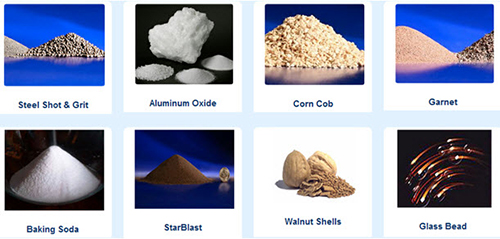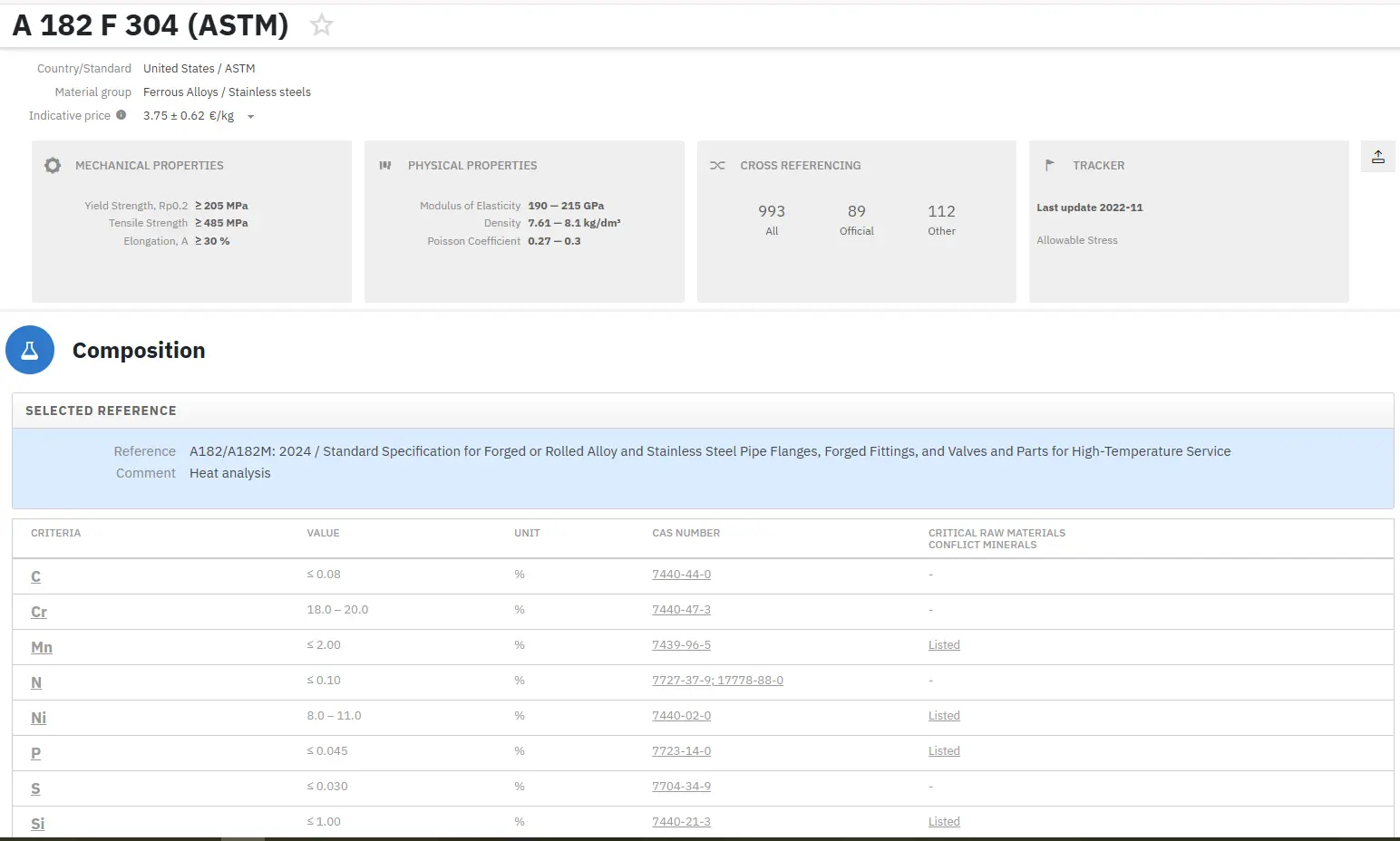Abrasive Blast Cleaning: Part Two
Abstract
Abrasive blast cleaning is a highly cost-effective surface preparation technique essential for ensuring long-term protection of various materials. This article examines both manual and automated blast cleaning methods, along with the diverse range of blast media available including grit, sand, calcium carbonate, and dry ice. Each material offers distinct advantages for specific applications, from heavy corrosion removal to delicate surface restoration. The article also explores how the selection of blast media impacts cleaning efficiency, surface finish quality, and post-cleaning requirements, providing practical guidance for industrial cleaning applications.
Introduction to Abrasive Blast Cleaning
Abrasive blast cleaning stands as the most cost-effective process for preparing surfaces prior to painting, particularly when long-term protection is required. This versatile technique can be implemented either manually or through automated blast cabinets, with adjustable pressure settings to accommodate different metals and treatment requirements. The selection of specialized materials or blast media in various sizes and grades is crucial for effectively treating different metals, surfaces, and components to achieve the desired finish.

Figure 1: Most used materials in the blast cleaning process
Common Blast Media Types and Applications
The choice of particle size and type—whether grit, sand, water, CO₂, or other media—significantly impacts not only the cleaning effectiveness but also the subsequent cleanup requirements.
Grit and Sand Blasting
Grit and sand represent the most traditional substrates used in blast cleaning operations. They come in various types, each designed for specific applications:
- Standard grit, while the most economical option, excels at cleaning heavily corroded steel, removing marine growth, and eliminating cement build-up. It often serves as an initial treatment before applying a metal media to surfaces.
- Premium grits create a finer etch on surfaces, delivering more efficient cleaning in terms of both time and material usage.
- Coarse grits with higher stone particle content effectively remove thick layers of grime and oil from stone surfaces. These coarser media also preserve the authentic aged appearance of older stonework after cleaning.
- Fine grit is generally reserved for surfaces with special finishes such as stainless steel or aluminum, where preservation of surface integrity is paramount.
Calcium Carbonate Applications
Calcium carbonate is typically applied at low pressure to clean delicate surfaces including fabric and wood. For example, it can effectively revitalize interior wooden beams without causing damage. When working indoors with this media, timing considerations are important—it's advisable to schedule such cleaning after other decorative work due to the cleanup requirements. For enhanced effectiveness at low pressures, a vortex pressure system can be employed. One of the most common applications for calcium carbonate is stripping paint from aluminum surfaces without damaging the underlying material.
Dry Ice Blasting Benefits
Dry ice has emerged as an increasingly popular blast cleaning option primarily because it sublimates (transitions directly from solid to gas), substantially reducing cleanup costs. While not directly comparable to sand blasting, dry ice offers unique properties:
- The sudden cooling effect can effectively separate coatings like resin from metal surfaces
- As dry ice particles sublime, they expand, forcing open any cracks in the surface
- Being non-conductive, carbon dioxide can be safely used around electrical equipment without creating hazards for operators
Air and Water Cleaning
Non-contact cleaning using air or water operates on similar principles to blast cleaning but isn't technically classified as such. Small air blowing guns prove particularly useful for intricate cleaning tasks, such as removing mold from bathroom tile grout.
Specialized Blasting Media
Several unconventional substances serve particular cleaning purposes:
- Walnut shells, effective for polishing and mold removal due to their natural decarbonizing properties
- Ferro silicon, an aggressive media that can simultaneously harden surfaces and create non-slip properties by leaving silicon residue on the surface
Selecting the Right Blast Media
When choosing blast media for a specific application, consider factors such as:
- Surface material sensitivity
- Desired finish quality
- Environmental considerations
- Cleanup requirements
- Cost-effectiveness for the specific application
The appropriate selection of blast media ensures optimal cleaning results while minimizing potential damage to the underlying material.
Conclusion
Abrasive blast cleaning offers versatile solutions for surface preparation across numerous industries. By understanding the distinctive properties of various blast media and matching them to specific applications, operators can achieve superior cleaning results while optimizing efficiency and cost-effectiveness. Whether removing heavy corrosion with standard grit or delicately cleaning historic stonework, the selection of appropriate blast media remains crucial to successful surface preparation.
Find Instantly Precise Compositions of Materials!
Total Materia Horizon contains chemical compositions of hundreds of thousands materials and substances, as well as their mechanical and physical properties and much more.

Get a FREE test account at Total Materia Horizon and join a community of over 500,000 users from more than 120 countries.